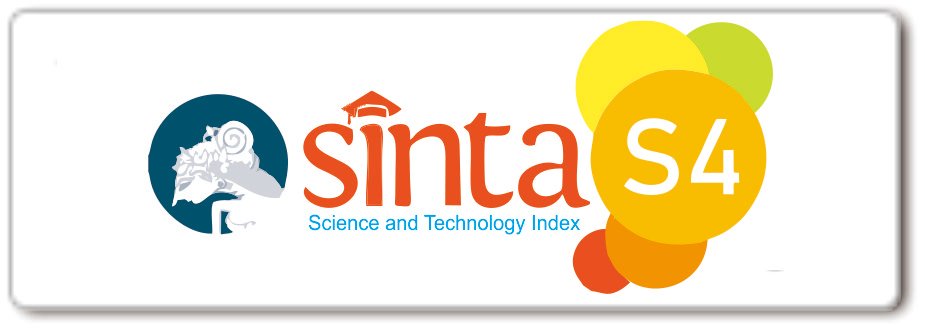TEKNIK GRAFT SEDERHANA PADA KULIT
DOI:
https://doi.org/10.33820/mdvi.v47i4.376Keywords:
Epidermal graft, full-thickness skin graft, split-thickness skin graftAbstract
Graft is the skin transplantation from donor site to recipient site with nutrients obtained from the recipient's wound bed. Skin graft can be classified according to donor origin, histology, differences in thickness, and shape. Simple graft techniques such as full-thickness skin grafts (FTSG), split-thickness (STSG) skin grafts, and epidermal grafts (EG) are important knowledge in the dermatologic practice. The FTSG, skin layer consists of all layers of the epidermis and dermis, STSG consists of layers of skin and partial of dermis with or without hair follicles, whereas EG only contains layers of the epidermis. Indications of skin graft include post-removal of skin malignancies, chronic ulcers, burns, and vitiligo. The process of wound healing in grafts is different from conventional wounds. Five important phases in wound helaing are imbibition serum, inosculation, revascularization, innervation, and maturation. There are various conditions for donors and recipients that must be considered before grafting. Many factors contribute to the success of graft, including stabilization and compression of graft during the process of revascularization. Post-graft complications management is also essential knowledge in the holistic approach performing graft technique.
Downloads
References
2. Anish S. Skin substitutes in dermatology. Indian J Dermatol, Venereol Leprol. 2015;81(2):175.
3. Pietramaggiori SSS, Pietramaggiori G, Orgill DP. Skin graft. Dalam: Neligan PC, penyunting. Plastic surgery principles. Edisi ke-3. New York: Elsevier; 2013. h. 319–38.
4. Serra R, Rizzuto A, Rossi A, Perri P, Barbetta A, Abdalla K, dkk. Skin grafting for the treatment of chronic leg ulcers – a systematic review in evidence-based medicine. 2016;1–9.
5. Do DV, Hayes CM. Skin grafts. Dalam: Vidimos AT, Ammirati CT, Lopez CP, penyunting. Dermatologic Surgery. Edisi ke-1. New York: Elsevier; 2009. h. 181–8.
6. Hachach-Haram N, Mosahebi A, Smith OJ, Kanapathy M, Richards T, Bystrzonowski N. Systematic review and meta- analysis of the efficacy of epidermal grafting for wound healing. Int Wound J. 2017;14(6):921–8.
7. Grande DJ. Skin grafting [Internet]. Emidicine. 2017 [cited 2019 Mar 5]. Diunduh dari: https://emedicine.medscape. com/article/1129479-overview#showall
8. Keskin I, Ayturk N, Sutcu M, Keskin M, Mudok T. The use of platelet-rich plasma for storage of surplus harvested skin grafts. 2017;25(1):40–7.
9. Singh M, Nuutila K, Kruse C, Robson MC, Caterson E, Eriksson E. Challenging the Conventional Therapy: Emerging skin graft techniques for wound healing. Plast Reconstr Surg. 2015;136(4):524e-530e.
10. Bystrzonowski N, Connelly JT, Mosahebi A, Hachach- Haram N, O’Toole EA, Richards T, dkk. Epidermal grafting for wound healing: A review on the harvesting systems, the ultrastructure of the graft and the mechanism of wound healing. Int Wound J. 2016;14(1):16–23.
11. Gou D, Currimbhoy S, Pandya AG. Suction blister grafting for vitiligo: Efficacy and clinical predictive factors. Dermatologic Surg. 2015;41(5):633–9.
12. Kanapathy M, Hachach-Haram N, Bystrzonowski N, Harding K, Mosahebi A, Richards T. Epidermal grafting versus split- thickness skin grafting for wound healing (EPIGRAAFT): Study protocol for a randomised controlled trial. Trials [Internet]. 2016;17(1):1–6. Diunduh dari: http://dx.doi.org/10.1186/s13063-016-1352-y
13. Hachach-Haram N, Bystrzonowski N, Kanapathy M, Smith O, Harding K, Mosahebi A, dkk. A prospective, multicentre study on the use of epidermal grafts to optimise outpatient wound management. Int Wound J. 2017;14(1):241–9.
14. Herskovitz I, Hughes OB, Macquhae F, Rakosi A, Kirsner R. Epidermal skin grafting. Int Wound J. 2016;13:52–6.
15. Goverman J, Kraft CT, Fagan S, Levi B. Back grafting the split-thickness skin graft donor site. J Burn Care Res. 2017;38(1):e443–9.














